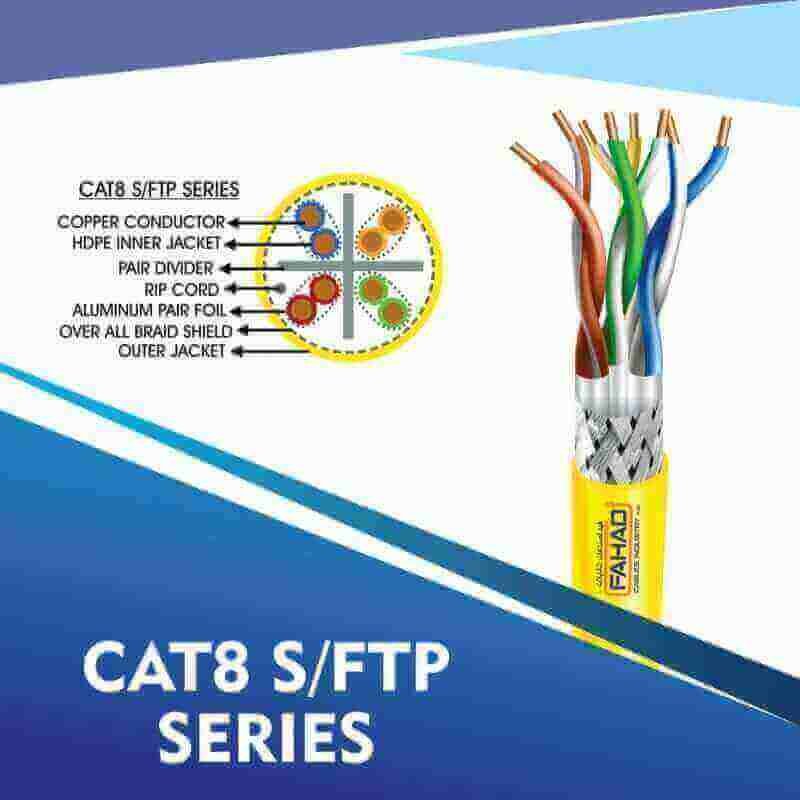- Network Cables
- Control automation Cables
- Data Patch Cord
- fiber optic cable
- Fiber Patch cord Multimode
- Fiber Patch cord Single Mode
- Fiber Pigtails Series
- Coaxial Cables
- security cable wire
- alarm cable
- speaker cables
Understanding Category 5e Ethernet Cables: A Comprehensive Guide
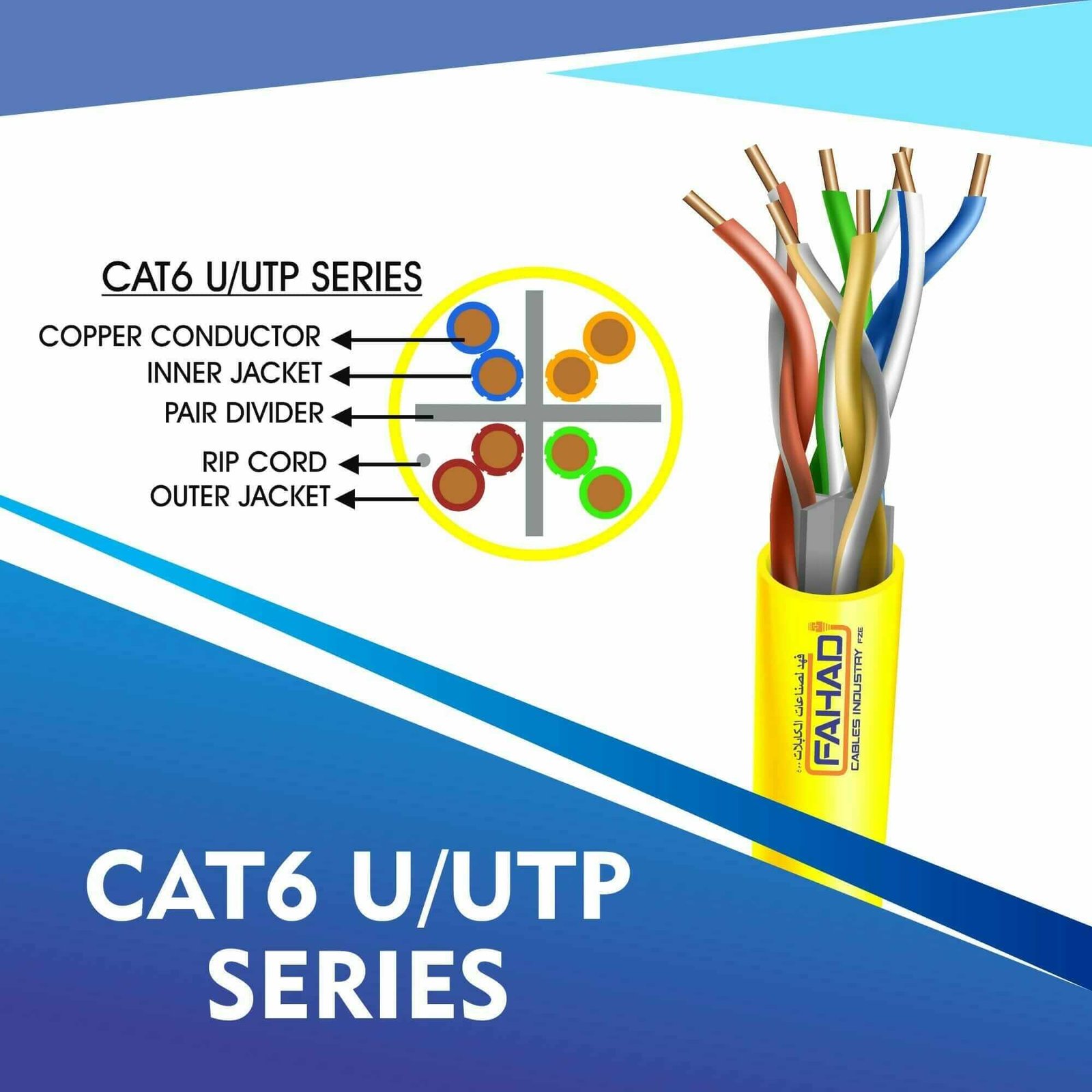
Introduction to Ethernet Cables
Ethernet cables are a fundamental component of modern networking, serving as the primary medium for wired data transmission. Initially developed in the 1970s, Ethernet technology has undergone significant evolution, transforming from simple coaxial cables to the complex twisted-pair cables that dominate today’s networking landscape. The purpose of Ethernet cables is to facilitate communication between devices, such as computers, routers, switches, and other networked equipment. Their role in establishing reliable connectivity is critical, as they enable seamless data exchange, resource sharing, and access to the internet.Category 5e Ethernet Cables
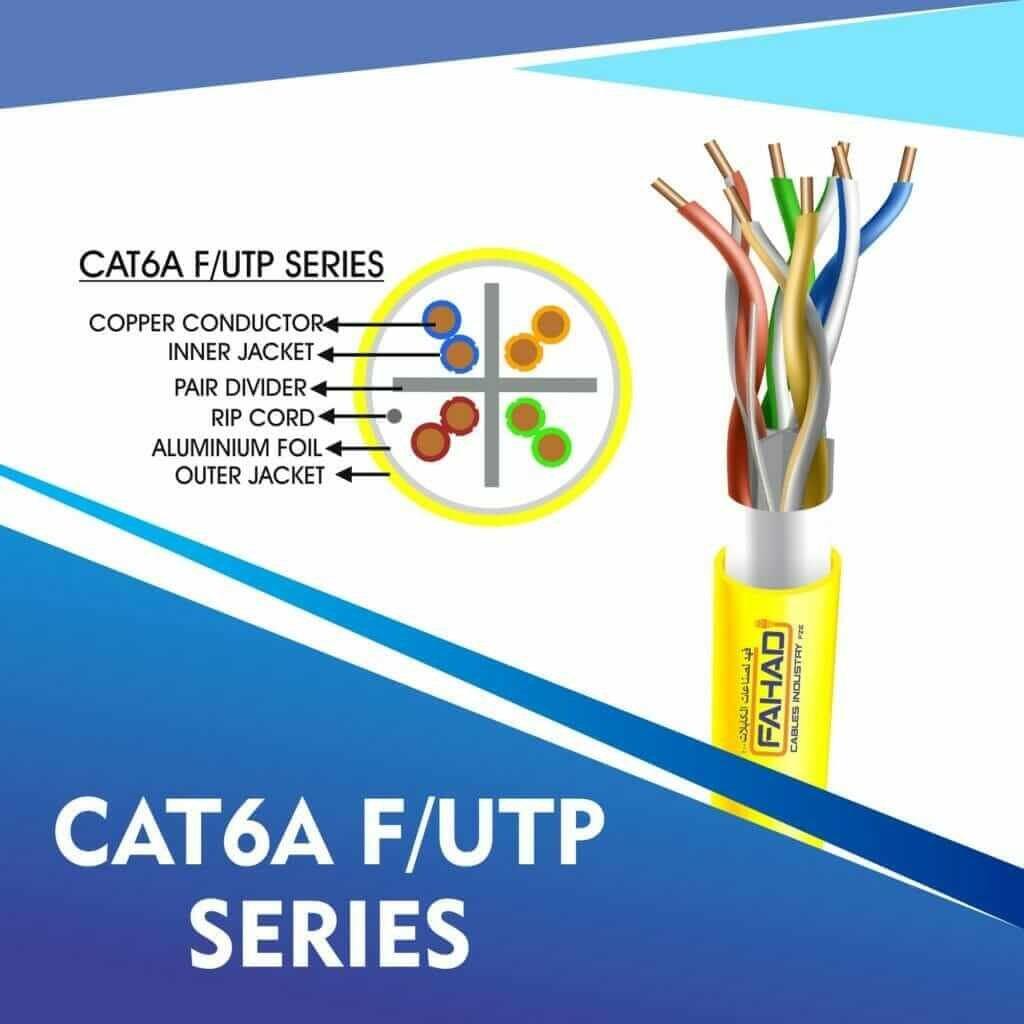
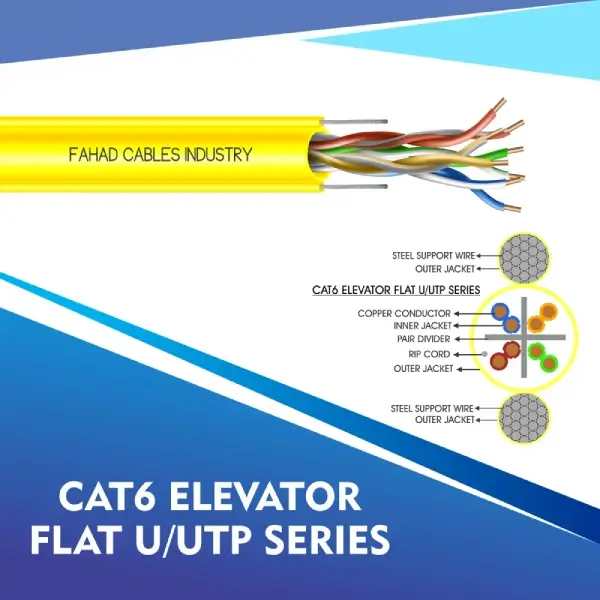
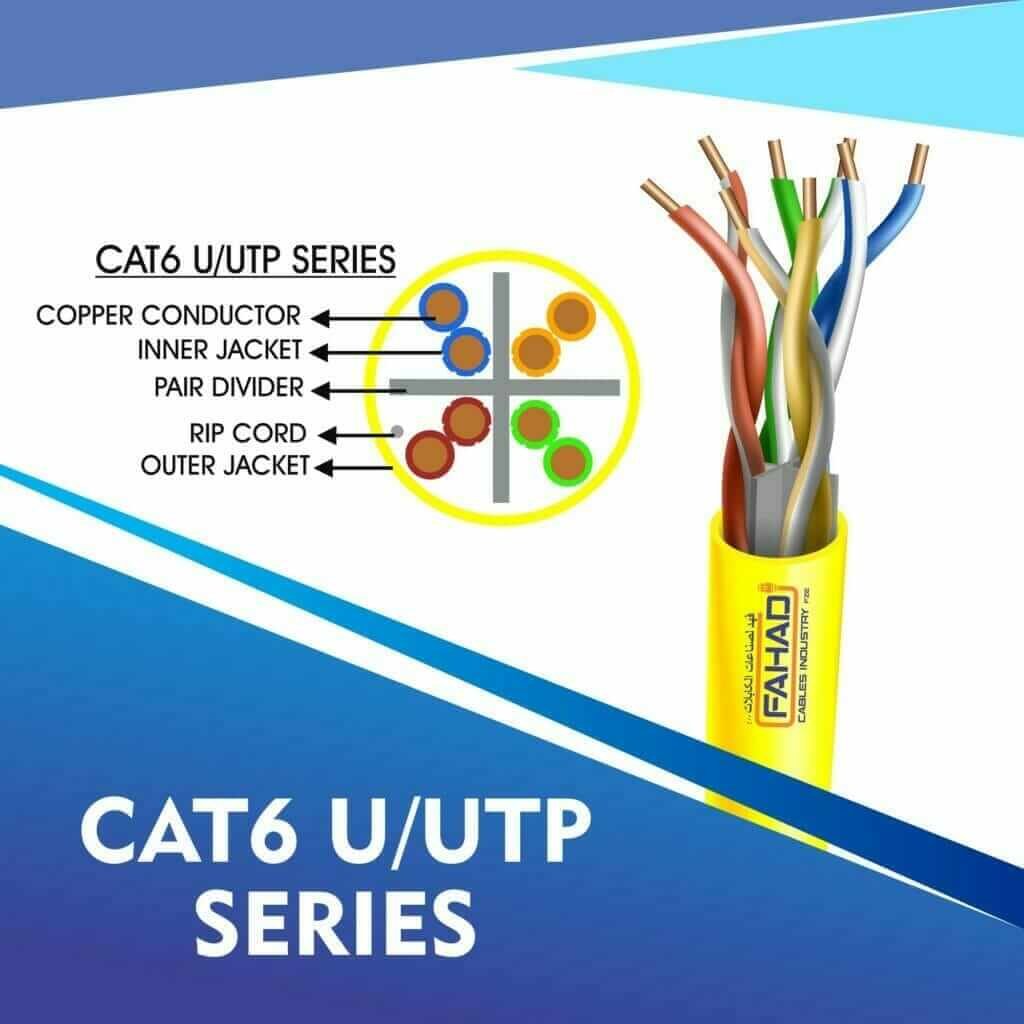
Throughout the years, the development of Ethernet technology has resulted in several distinct cable categories, each offering unique performance characteristics. The classifications are denoted by numerical categories, such as Category 5, Category 5e, Category 6, and so forth. These categories are indicative of the maximum data transmission speeds, bandwidth, and overall performance capabilities. For instance, Category 5e cables, which emerged as an enhancement to the original Category 5 standard, support higher speeds and reduced interference, making them suitable for both residential and commercial applications. This progression showcases the continuous efforts to meet the growing demand for high-speed internet and efficient networking solutions.
The significance of understanding Ethernet cables, including their various categories, cannot be overstated, particularly in our increasingly digital world. As the demand for faster and more reliable internet connections surges, the preference for higher category cables continues to rise. This knowledge empowers consumers and businesses alike to make informed decisions when selecting the appropriate type of Ethernet cables for their specific networking needs, ensuring optimal performance and connectivity in diverse environments.
What is a Category 5e Ethernet Cable?
Category 5e Ethernet cables, commonly referred to as Cat 5e, represent an enhanced version of the original Category 5 (Cat 5) standard. Designed to support faster data transmission rates, Cat 5e cables can achieve a maximum data transfer rate of up to 1 Gbps (Gigabit per second) over distances of up to 100 meters, making them well-suited for modern networking applications. The “e” in Cat 5e stands for “enhanced,” indicating significant improvements over the Cat 5 standard, especially in terms of bandwidth and signal quality.
One of the primary specifications of Cat 5e cables is their bandwidth capability, which extends to 100 MHz. This allows for better performance when handling multiple data streams, such as voice, video, and internet connectivity. The enhancements in Cat 5e technology include improved insulation and cable twisting methods that reduce electromagnetic interference (EMI) and crosstalk, ensuring a clearer signal. These improvements facilitate the cable’s ability to transmit data more efficiently, thus supporting higher connectivity speeds and reducing latency.
The construction of Cat 5e cables involves four twisted pairs of copper wires, which are essential for maintaining the integrity of the signal during transmission. This design mitigates the effects of external interference, making it more reliable than its predecessor, Cat 5. As a result, many businesses and residences have adopted Cat 5e cables for their local area networks (LANs) and internet connections. With their ability to handle both voice and data simultaneously, Cat 5e cables have become a staple in networking setups. Their backward compatibility with earlier standards ensures seamless integration, further solidifying their position in the landscape of Ethernet technology.
Key Features of Cat 5e Cables
Category 5e (Cat 5e) Ethernet cables are widely recognized for their enhanced performance over previous generations, primarily due to their specific construction and materials. One of the fundamental features of Cat 5e cables is the use of twisted pairs of copper wire, which helps to minimize crosstalk and electromagnetic interference. In a typical Cat 5e cable, there are four pairs of wires, each twisted together in a specific arrangement that aids in reducing signal degradation, ultimately enhancing the overall transmission quality.
Additionally, the materials used in the construction of Cat 5e cables play a crucial role in their efficiency. High-quality copper is utilized for conductivity, ensuring that signals are transmitted with minimal loss. Some Cat 5e cables also incorporate a PVC or low-smoke zero-halogen (LSZH) jacket, providing durability and fire safety, which is important in various installation environments.
Another significant aspect of Cat 5e cables is their shielding options. While many cables are unshielded twisted pairs (UTP), variations like shielded twisted pairs (STP) or foiled twisted pairs (FTP) offer additional protection against interference, making them ideal for environments with high electronic noise. The choice between these shielding options can influence the cable’s overall performance, particularly in densely populated networking conditions.
Furthermore, the twist rate of the pairs within the cable is vital to its performance. A higher twist rate can lead to better resistance against crosstalk and allows for effective signal transmission over longer distances. As networking demands grow, understanding these key features of Cat 5e cables is essential for selecting the appropriate cabling solution to meet specific requirements, ensuring reliable and consistent connectivity throughout various applications.
Applications of Category 5e Ethernet Cables
Category 5e (Cat 5e) Ethernet cables are widely utilized in various applications, both in residential and commercial environments. Their design supports data transmission speeds of up to 1 Gigabit per second over distances of up to 100 meters, making them a popular choice for network infrastructure.
One of the primary applications of Cat 5e cables is in residential settings, where they are used to connect devices such as computers, gaming consoles, and smart TVs to home routers or modems. This allows for stable, high-speed internet connections which are essential for streaming, gaming, and video conferencing purposes. Moreover, with the proliferation of smart home devices, Cat 5e cables play a crucial role in ensuring reliable connections for devices that require consistent online access.
In commercial settings, the versatility of Cat 5e cables is even more pronounced. They are frequently deployed in office networks to connect workstations to a central network switch, facilitating efficient data transfer and resource sharing among employees. Furthermore, Cat 5e cables are integral to Voice over Internet Protocol (VoIP) systems, which rely on robust connectivity to enable clear audio communication over the internet. With an increasing number of businesses adopting VoIP solutions, Cat 5e cables become essential for maintaining optimal performance.
Beyond basic connectivity, these cables are utilized in various applications such as security systems, where they connect cameras to networks, and even in telecommunications setups. Their ability to handle multi-purpose requirements—ranging from internet connectivity to telephony and video surveillance—underscores their significance in modern infrastructure.
Overall, the adaptability of Category 5e Ethernet cables makes them a vital component in both home and professional networking environments, ensuring users have the reliable connectivity they need for day-to-day operations.
Comparing Cat 5e with Other Ethernet Cable Categories
The Ethernet cable landscape is diverse, with various categories designed to meet specific networking needs. Among these, Category 5e (Cat 5e) has emerged as a popular choice, but understanding its differences with other categories, such as Cat 5, Cat 6, and Cat 6a, is crucial for making informed decisions. Each category offers distinct advantages, particularly in terms of speed, bandwidth, and overall performance.
Starting with Cat 5, this earlier standard supports speeds up to 100 Mbps and a bandwidth of 100 MHz. While still functional for basic internet usage, it has largely been supplanted by Cat 5e, which has been enhanced to reduce crosstalk and interference. Cat 5e cables can achieve higher speeds of up to 1 Gbps with a bandwidth capacity of 100 MHz, making them suitable for most residential and small business applications.
Next, we have Cat 6 cables, which significantly improve upon Cat 5e by supporting speeds of up to 10 Gbps over shorter distances (up to 55 meters). With a bandwidth capacity of 250 MHz, Cat 6 offers better performance in high-speed applications, such as data centers and enterprise environments. Additionally, Cat 6a enhances this performance further, enabling 10 Gbps speeds over longer distances of up to 100 meters with a bandwidth capacity of 500 MHz, thus making it ideal for future-proofing installations.
In choosing between these options, Cat 5e strikes a balance between performance and cost-effectiveness, making it a solid choice for many users. For residential applications with moderate internet needs, Cat 5e is often sufficient; however, businesses requiring higher data rates may opt for Cat 6 or Cat 6a. Ultimately, understanding these differences can help end-users select the most suitable Ethernet cable category based on their specific networking requirements.
Choosing the Right Cat 5e Cable: Factors to Consider
When selecting a Category 5e (Cat 5e) Ethernet cable, several important factors must be taken into account to ensure optimal performance and compatibility with your networking setup. One of the primary considerations is cable length. Cat 5e cables are available in various lengths, and selecting the appropriate length is essential to maintain signal integrity. Generally, it is advised to keep the length of the cable under 100 meters to avoid any potential loss of signal quality.
Another key aspect is the type of connectors used on the cable ends. Most Cat 5e cables come equipped with RJ45 connectors, which are standard in Ethernet applications. However, it is important to verify that these connectors are compatible with your existing networking hardware, including routers, switches, and network interface cards. Some cables may have strain relief features or gold-plated contacts, which can enhance durability and performance.
Shielding options also play a crucial role in cable performance. Cat 5e cables can either be unshielded (UTP) or shielded (STP) varieties. While unshielded cables are typically sufficient for most domestic and office environments, shielded cables are recommended in locations with high electromagnetic interference, as they provide better protection against potential signal degradation.
Lastly, the reliability of the manufacturer should not be overlooked. Opting for cables from reputable manufacturers ensures quality and compliance with industry standards. Always check for certifications that confirm the cable’s ability to handle specific data rates and environments. By considering these factors—cable length, connector types, shielding options, and manufacturer reliability—consumers can make informed decisions while choosing an appropriate Cat 5e Ethernet cable for their networking needs.
Installation and Maintenance of Cat 5e Cables
The installation and maintenance of Category 5e (Cat 5e) Ethernet cables play a crucial role in ensuring optimal performance and longevity of the network. Proper installation techniques are essential to avoid interference that can degrade the signal quality, thereby affecting data transmission speeds. When routing Cat 5e cables, it is advisable to follow structured pathways such as cable conduits or raceways. This helps in minimizing physical obstructions and electromagnetic interference from nearby electrical devices, which could lead to signal degradation.
During the installation process, it is important to maintain the minimum bending radius of the Cat 5e cables to prevent damage. Typically, the bend radius should be no less than four times the diameter of the cable. Additionally, securing cables using Velcro straps or specific cable ties can help prevent sagging and excessive tension, which may develop over time. Avoiding sharp corners and leaving some slack at junctions will also ensure that the cables do not undergo undue stress that could compromise their integrity.
Regular maintenance checks are vital for sustaining performance. Inspecting cables for visible wear and tear, including fraying or cuts, should be conducted routinely. It is also prudent to assess for any signs of moisture or environmental damage, as these factors can significantly impact the performance of the cables. Furthermore, employing proper cable management techniques, such as labeling cables for easy identification and avoiding tangles, can greatly enhance the overall organizational efficiency of the network.
In conclusion, effective installation and maintenance of Cat 5e cables are fundamental to achieving robust network performance. By adhering to best practices in routing, securing, and routinely inspecting the cables, users can ensure that their Ethernet setup remains functional and efficient over time.
Fahad Cables Industry FZE: Your Trusted Source for Cat 5e Cables
Fahad Cables Industry FZE stands out as a reputable provider of Category 5e Ethernet cables, well-regarded for its commitment to quality and customer satisfaction. Established in the heart of cable manufacturing, the company has built a solid reputation within the telecommunications sector. With years of experience, Fahad Cables Industry FZE demonstrates a profound understanding of the intricacies involved in producing high-performance networking solutions such as Cat 5e cables.
The production process at Fahad Cables adheres to rigorous quality standards, ensuring that their Cat 5e cables deliver both reliability and enhanced data transmission. This is further supported by the use of top-tier materials that not only meet but often exceed industry benchmarks. As a result, clients can trust that the Ethernet cables they procure will perform optimally in various applications, including residential, commercial, and industrial environments.
Customer feedback reflects the company’s dedication to service excellence. Numerous clients have testified to the durability and effectiveness of Fahad Cables’ products. For instance, a recent case study showcased a medium-sized enterprise that significantly improved its network performance after switching to Fahad’s Cat 5e cables. This transition led to enhanced data transfer speeds and reduced latency, illustrating the tangible benefits of choosing high-quality Ethernet solutions.
In addition to the superior performance of their Cat 5e cables, Fahad Cables Industry FZE prioritizes customer relationships by providing knowledgeable support and guidance throughout the buying process. Whether customers are seeking advice on product specifications or assistance with installation, the company’s experienced team is readily accessible. This customer-centric approach has solidified Fahad Cables as a trusted partner in the networking landscape.
Conclusion: The Importance of Investing in Quality Ethernet Cables
As we have explored throughout this guide, the choice of Ethernet cables plays a crucial role in establishing a reliable and efficient networking environment. Category 5e (Cat 5e) cables are particularly significant for both residential and commercial setups, providing a competitive balance of speed, bandwidth, and cost-effectiveness. Investing in high-quality Cat 5e cables not only ensures optimal performance but also contributes to future-proofing your network infrastructure.
The key points discussed earlier highlight the advantages of Cat 5e cables, including their ability to support data rates up to 1 Gbps and a maximum length of 100 meters for reliable connections. Furthermore, the meticulous construction of these cables helps minimize interference and attenuation, enhancing the reliability of data transmission. In an increasingly digital world where connectivity is paramount, the quality of the cables utilized can make a marked difference in overall performance and user experience.
It is essential for individuals and businesses alike to evaluate their current networking requirements and the existing hardware in use. As technology rapidly progresses, it may be worthwhile to consider upgrading to advanced cabling solutions that can accommodate increased data demands. Quality Ethernet cables, especially Cat 5e, form the backbone of thriving networking environments, ensuring that users benefit from consistent and high-speed internet access.
Thus, prioritizing investments in trustworthy Ethernet cables is a decision that pays dividends. By selecting the right cables today, one can mitigate future issues related to connectivity and expandability. Whether for home offices or enterprise networks, the right choices in cabling are paramount to fostering efficient communication and enhancing overall operational effectiveness. Make informed decisions regarding your Ethernet cabling to establish a robust networking framework that stands the test of time.



